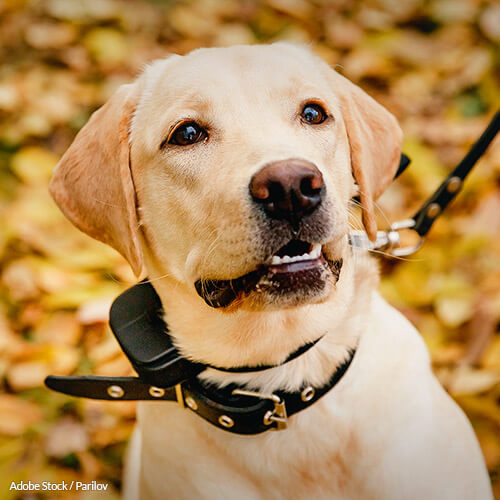Building a Better Bond
Dogs don’t speak our language, but they sure have a lot to say! Whether it’s a wagging tail, perky ears, or a soulful gaze, your pup is constantly communicating. Understanding your dog’s body language is like unlocking a secret code that helps you strengthen your connection and make life more enjoyable for both of you.
Let’s dive into the fascinating world of canine communication and learn how to “speak dog”!
The Tail: More Than a Wag
Sure, we all know a wagging tail often means a happy dog—but not always! The position and speed of the wag tell a more detailed story:

- High and fast wagging: Your dog is excited or aroused (this could mean joy, or it could mean, “What’s that squirrel doing on my property?!”).
- Low and slow wagging: A sign of uncertainty. Your dog may be feeling cautious or nervous.
- Tucked tail: This usually indicates fear, anxiety, or submission.
Missoula tip: Watch how your pup’s tail changes on walks, especially on dog-friendly trails around town. It’s a great way to gauge their comfort level in new environments.
Ears: The Ultimate Mood Indicators

Your dog’s ears are like little satellite dishes, constantly scanning their surroundings and giving you clues about their emotions.
- Perked up and forward: Curiosity or alertness. Your dog has detected something interesting (or suspicious).
- Pulled back slightly: This can mean friendliness or submission—think of the “happy to see you” face.
- Pinned back tightly: A clear sign of fear, stress, or discomfort.
The Eyes Have It

They say eyes are the windows to the soul, and this couldn’t be truer for dogs.
- Soft, blinking eyes: Your dog is relaxed and content.
- Wide eyes with a lot of visible white (whale eye): Your pup is uncomfortable or nervous.
- Direct, intense stare: Depending on the context, this could mean focus, excitement, or even a warning to back off.
The Body: Posture Says It All

From head to tail, your dog’s stance can reveal their emotional state.
- Loose, wiggly body: Your pup is happy, playful, and ready for fun!
- Stiff and still: Your dog is on high alert and possibly feeling tense or threatened.
- Cowering or crouching: This posture shows fear or submission.

Putting It All Together
No single signal tells the whole story. It’s important to look at your dog’s body language as a whole and consider the context. A wagging tail might mean excitement when you’re holding a leash, but it could mean agitation if your dog encounters an unfamiliar dog in the park.
Why This Matters for Training
Understanding your dog’s body language is a game-changer for training. When you can read their cues, you’ll know when they’re ready to learn, when they’re stressed, and when they need a break. This insight helps you create a training experience that’s not only effective but also positive and enjoyable for your furry friend.
At Off Leash K9 Training Missoula, we believe every dog-owner relationship starts with communication. That’s why our training programs are designed to help you understand your dog better, building trust and strengthening your bond. Whether you’re dealing with obedience challenges or just want a well-behaved companion, we’ve got your back.
Ready to Strengthen Your Bond?
Call Off Leash K9 Training Missoula today at (406) 946-3037 for a free consultation! Let’s work together to help you and your pup achieve harmony and happiness—one wag, wiggle and woof at a time.






